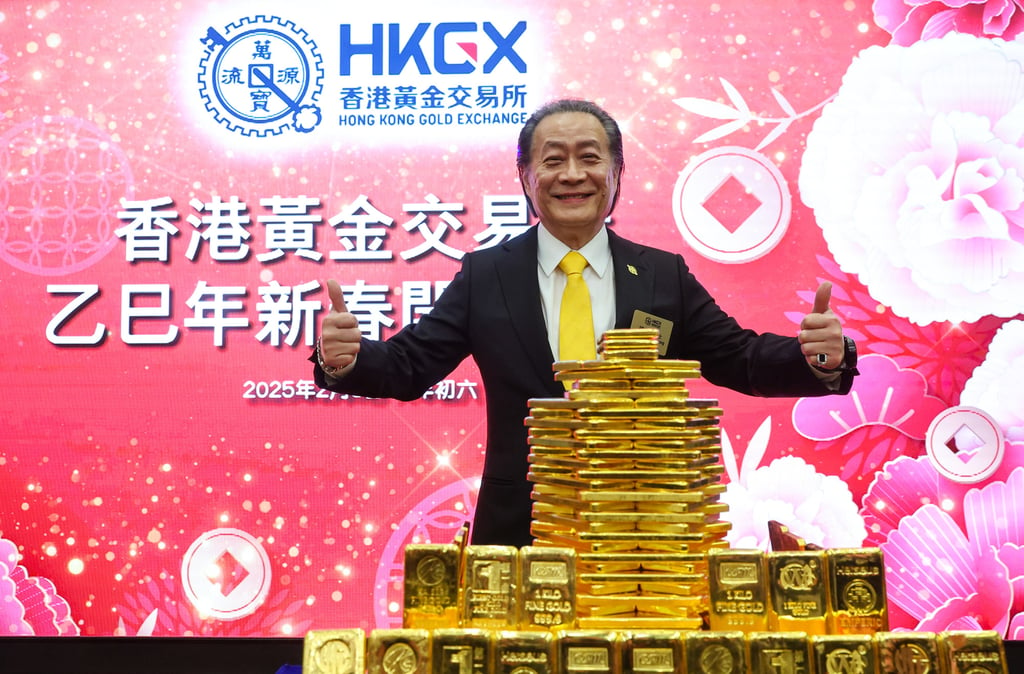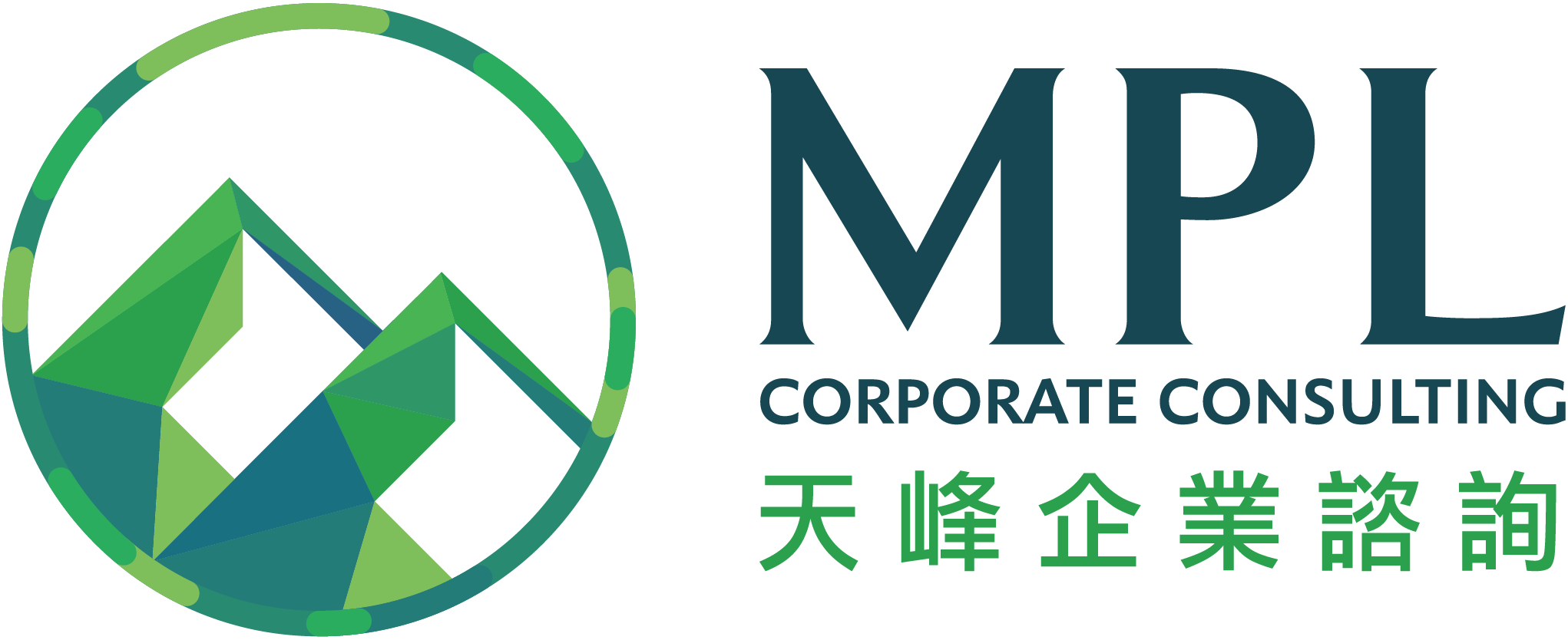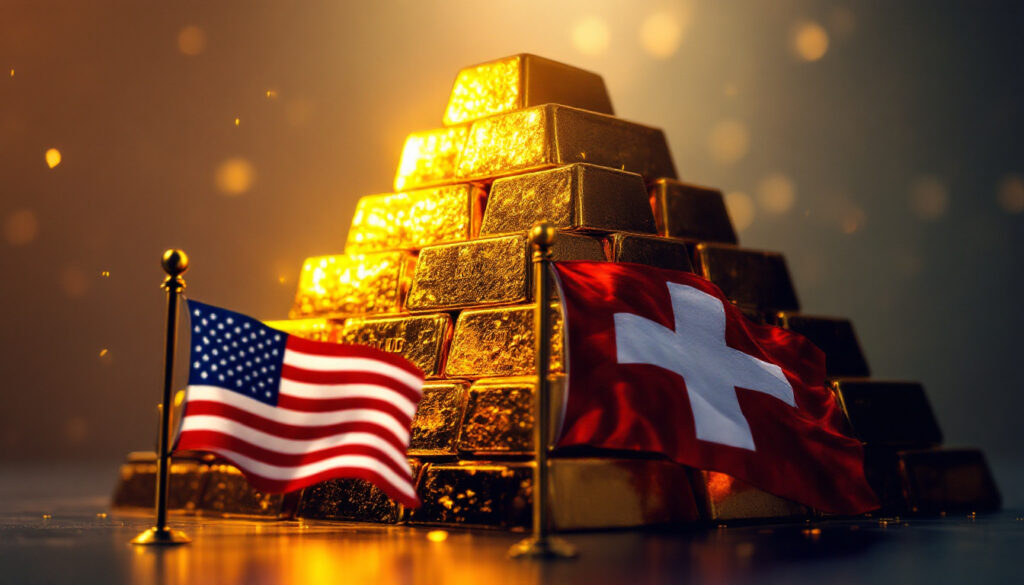‘Gold corridor’: Hong Kong bullion bourse’s leader sees city as belt-and-road hub
2025-02-03
Gold prices and trading volume are set to rise in the new lunar year amid geopolitical conflicts and expected interest-rate cuts, according to the head of Hong Kong’s bullion bourse, which is eyeing a bigger role in the city’s initiative to become a commodities hub.
Gold prices would test and even exceed US$3,000 per ounce (28.3 grams) in the Year of the Snake, while trading volume would grow by up to 30 per cent globally, Haywood Cheung Tak-hay, chairman of Hong Kong Gold Exchange (HKGX), said on Monday.
“With the formal establishment of the Hong Kong Gold Exchange, and with the government’s initiative to boost Hong Kong as an international gold trading hub, local gold trading volume will also grow,” Cheung said at a ceremony on the first trading day of the new lunar year. He estimated the increase at 10 to 15 per cent.
The price of bullion rose 35 per cent in the Year of the Dragon to HK$25,600 per tael (US$3,282 for 37.9 grams), and the international gold price hit an all-time high of US$2,790.07 per ounce in October.
Market observers forecast that gold prices will continue rising, as investors are turning to the metal as a safe haven against expected rate cuts and a gloomy economic outlook.
Formerly the Chinese Gold & Silver Exchange Society, HKGX changed from a club to a corporation late last year and began operation under its new name on January 1.

The restructured gold exchange has seen an increase in membership inquiries from mainland China and overseas, according to Cheung.
He called for a connectivity scheme to link commodities trading in mainland China and Hong Kong.
“With a connectivity scheme, we can build a ‘gold corridor’ with Belt and Road Initiative countries and trade gold with offshore yuan,” Cheung said. “This will consolidate Hong Kong’s status as an offshore-yuan hub, while also helping the country with the popularisation of the yuan.”
Meanwhile, the gold exchange is aiming to build a new gold warehouse in the city. HKGX hopes to begin construction on a facility with a capacity of 1,000 to 2,000 tonnes in 2027.
“As a newly developed area, it will be easier for us to arrange related infrastructure there,” Cheung said.
The Chinese Gold & Silver Exchange Society was established in 1910. It traditionally traded physical gold and silver via the open outcry method, in which traders use hand gestures and shout out prices.
Electronic trading, which will enable the bourse to continue operation under adverse weather, has largely replaced open outcry in recent years.
However, HKGX used open outcry on Monday, the first trading day after the Lunar New Year holiday, to preserve the tradition.
Sources: SCMP







